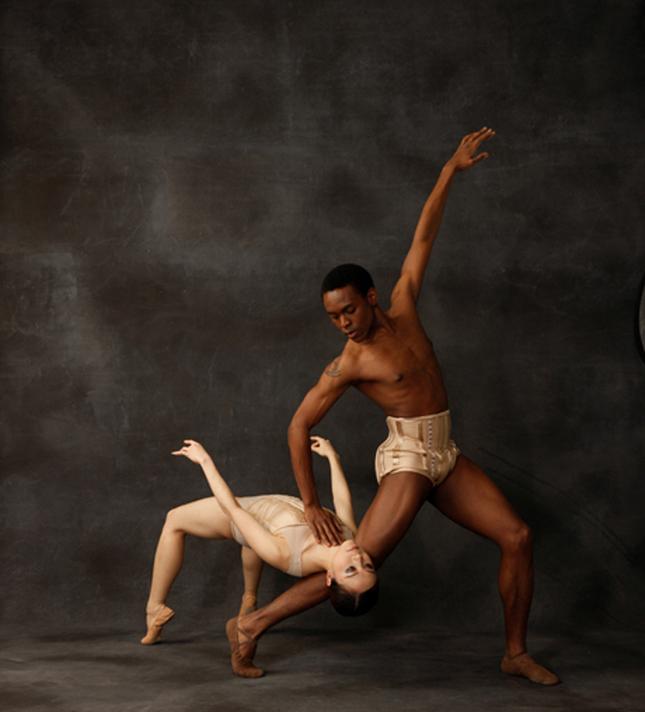‘Petit Mort’: an Innovative Washington Ballet Première
By • October 28, 2014 0 1840

Septime Webre, the artistic director of the Washington Ballet, has always had a flair for finding the modern, even when doing traditional works, such as “Swan Lake,” “Giselle” and “The Nutcracker.”
“The thing with any season, with planning, is finding a way to bridge the traditional with the modern, the old with the new, the classic with the innovative,” Webre said in an interview this week.
“Swan Lake” and “The Nutcracker” are bread-and-butter and people-in-the-seats aspects of any dance company worth its name. Both are part of the Washington Ballet’s 2014-2015 season.
But the season opening offering is exactly an example of that bridge in the form of “Petit Mort,” a trio of Washington Ballet premieres of works by rising and contemporary choreographers who are in peak form.
“These are works we haven’t done here, and they’re also works that are examples of contemporary choreographers who bridge to what’s gone before, to Balanchine and other geniuses of the 20th century,” Webre said. “I think they’re three of the most innovative choreographers of contemporary times.”
Innovative, yes, but also, from the descriptions, accessible and exciting work, the kind that dancers are keen to work on, because they represent challenges and opportunities.
“Every art form has its innovators, its game-changers—Hemingway changed the way language was constructed and used in literature, for instance,” Webre said. “I think you’ll find that sort of thing in these three pieces.”
“Petit Mort,” the title piece of the trio, is the work of choreographer Jiri Kylian to the music of Mozart. “It’s exciting, daring, witty,” Webre said. “It’s the most innovative pas de deux I’ve ever encountered.”
Incidentally, “Petit Mort” is a French phrase, meaning “little death,” and is used as a euphemism for sexual orgasm. So, there you have it.
“5 Tangos” is by Hans Van Manen, considered to be one of the fathers of the Dutch Movement. “Here’s an example of new dance bridging back to the traditional or to other forms,” Webre said. “It’s fast, it’s sexy, energetic and wrapped in the flavors, music and moves of the tango,” Webre said.
Choreographer Christopher Wheeldon had his break-out moment at the New York City Ballet with “Polyphonia,” a haunting, dense, elegant piece, which echoes back to the collaborations of Balanchine and Stravinsky. “It’s a rich, layered piece, set to the music of Ligeti,” Webre said.
Wheeldon won the Critics Circle Award and the Olivier Award for “Polyphonia”.
“These artists began to work in the 1960s and 1970s, and they dismantled that gap between traditional and contemporary, modern work,” Webre said.
“Polyphonia” premiered in New York in 2001. “5 Tangos” opened at the Het National Ballet in Amsterdam in 1977. “Petite Mort” made its debut at the Netherland Dance Theatre in 1991.
Webre has been no slouch at innovation himself. Consider his literary interpretations: the lush, detailed and spirited productions of “The Great Gatsby” and “The Sun Also Rises”.
“Innovation is always risky, no matter what you’re doing,” Webre said. “Those projects were risky, and this one is , too, in the sense that it’s a little bit of a departure.”
*“Petit Mort” will be performed at Sidney Harman Hall, the Harman Center, 7:30 p.m., Thursday, Oct. 23; 7:30 p.m., Friday, Oct. 24; 1:30 p.m. and 7:30 p.m., Saturday, Oct. 25; 1:30 p.m. and 6:30 p.m., Sunday, Oct. 26.*
- Jordan Wright
- Ayano Kimura and Andile Ndlovu by Dean Alexander | Dean Alexander





